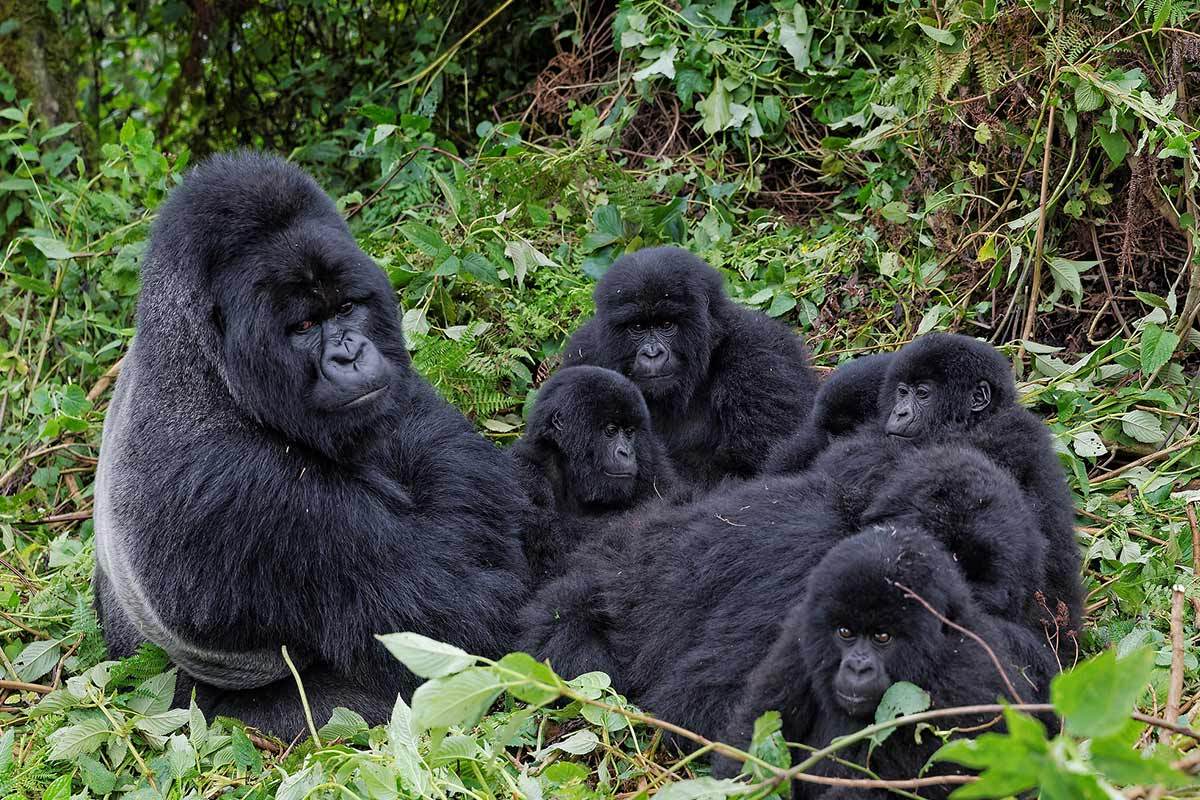Humans can make gorillas sick they can catch respiratory infections and other diseases from you that includes the common cold

Humans Can Make Gorillas Sick: The Impact of Respiratory Infections and Common Colds

Gorillas, our distant relatives in the animal kingdom, share many similarities with humans. However, one striking fact is often overshadowed: we can unknowingly make gorillas sick. Gorillas, just like us, are susceptible to respiratory infections and other diseases, including the common cold, which can be transmitted from humans to these magnificent creatures.
According to a study published in the journal “Emerging Infectious Diseases,” researchers discovered a particular respiratory virus known as human metapneumovirus (HMPV) in gorillas. This virus, closely related to the human respiratory syncytial virus (RSV), is the main culprit behind respiratory infections in gorillas. Scientists believe that HMPV is most likely transmitted from humans to gorillas, and it poses a significant health risk to these critically endangered animals.

Gorillas are highly social creatures, living in close-knit communities. Unfortunately, this social behavior puts them at a higher risk of contracting diseases from humans due to the potential for close interaction. While gorillas have natural immune systems to protect them from certain viruses, they have not evolved defenses against human-specific pathogens, making them more susceptible to infections.
The transmission of respiratory infections and common colds from humans to gorillas can have dire consequences. Gorillas, particularly infants and the elderly, can develop severe respiratory illness that may ultimately prove fatal. Furthermore, these infections can spread rapidly within gorilla groups, resulting in devastating outbreaks that decimate entire populations. It is crucial that we address this issue to protect these incredible animals from unnecessary harm.
But how do humans transmit these infections to gorillas? The primary mode of transmission is through respiratory secretions. When humans cough, sneeze, or even speak, tiny droplets containing infectious particles are released into the air. These particles can remain suspended for extended periods and can be easily inhaled by gorillas in close proximity. Additionally, direct physical contact, such as touching gorillas or their habitat, can also facilitate the spread of diseases.
To mitigate the risk of infecting gorillas, it is imperative that tourists, researchers, and conservationists alike adhere to strict guidelines and protocols when in close proximity to these animals. This includes maintaining a safe distance, wearing protective masks, and practicing proper hygiene, such as frequent hand washing. Additionally, anyone displaying symptoms of respiratory illness should avoid visiting gorillas altogether, as this significantly minimizes the risk of transmission.
It is vital that we raise awareness about the potential harm we can inadvertently cause to gorillas through our actions. Education plays a central role in ensuring the long-term survival of these magnificent creatures. By understanding the impact we can have on gorilla health, we can make more informed decisions and take the necessary precautions to protect their well-being.
In conclusion, humans have the responsibility to protect and preserve the remarkable gorillas that share our planet. We must recognize the potential danger we pose to these animals, particularly in terms of transmitting respiratory infections and common colds. By adopting stringent measures and adhering to guidelines, we can minimize the risk of transmission and ensure the survival of gorilla populations for generations to come.
Source: www.livescience.com
Related Posts
Quick Links
Legal Stuff

